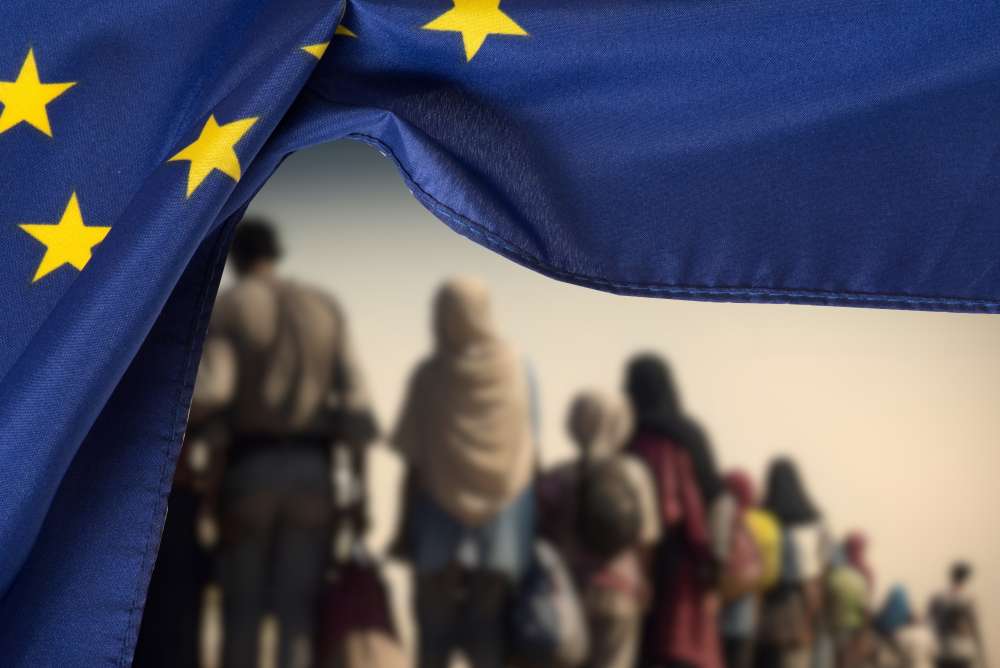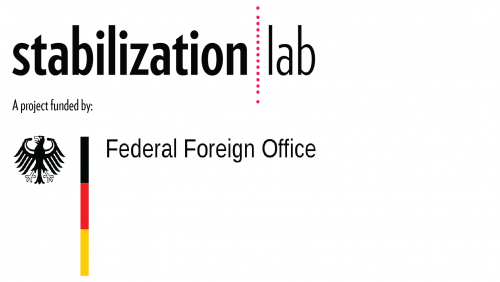A Growing Gap: EU Peace and Security Funding Beyond Ukraine

A gap has emerged in the EU’s funding framework for peace and security. Much EU spending on related programs is long-term and reliable, but it does not allow for flexibility in reacting to emerging crises and political opportunities. To mitigate this rigidity, additional flexible funding mechanisms were created; however, these funds tend to only bankroll activities for up to 30 months – and they are already heavily depleted.
At the same time, the EU’s Global Gateway initiative is recalibrating priorities across the EU’s institutions. Its focus on investment and infrastructure requires the security and predictability that comes with ‘good-enough’ governance. Conflict-affected contexts – where political situations tend to be volatile – rarely offer solid and safe investment opportunities, so they are unlikely to meet the necessary standards to receive investments under the Global Gateway. Conflict-affected countries, then, are falling through the gaps of the current EU funding architecture, and this matters – not just for human security but for the EU’s interests abroad.
In this paper, we explain how this gap came about and offer initial thoughts on what can be done about it.
- First, we provide a brief description of the relevant elements of the EU’s external funding instruments for security, stability and peace, highlighting how – by design – these instruments lack flexibility.
- Second, we explain how the financing tools created to build flexibility into the system have worked – that is, primarily based on available unallocated money and summit-level political will – and why they cannot be easily replenished.
- Third, we analyze how two useful initiatives – “geographization” (which means that most funds are disbursed at the national and regional level) and the Global Gateway (the EU’s strategy to invest in infrastructure projects worldwide) – have left fragile and conflict-affected countries at risk of facing funding deficits.
We conclude with initial thoughts on possible avenues that EU policymakers should explore during the remainder of the present multi-annual financial framework (until 2027) and the next one (2028−34).
The full policy brief is available for download.
This brief is part of the Stabilization Lab project that investigates different challenges in stabilization policy and practice. Supporting civil society actors in acute crises was the first issue of a series of stabilization dilemmas GPPi will address. The Stabilization Lab is funded by the German Federal Foreign Office.








